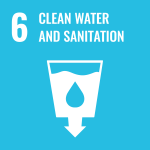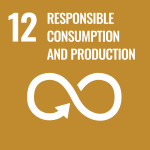Sustainable hygiene
When brushing our teeth, washing our hands, or doing the dishes, we tend to think that the more foam there is, the more effective the product cleans. “The sooner the foam breaks down, the more often the consumer changes the rinse water,” says Dr. Hans Henning Wenk, Head of Evonik’s research department. “That means the consumer is using additional water, energy, and dishwashing detergent”.
Surfactants are responsible for the cleaning performance and the formation of foam. To date, most surfactants are made with petrochemical or oleochemical raw materials. Petrochemicals are made of hydrocarbons that are separated and extracted from petroleum (crude oil) and natural gas. Oleochemicals are chemicals derived from vegetable oils in particular tropical oils and animal fats via chemical or enzymatic reactions.
Together with the consumer goods group Unilever, Evonik has developed a novel surfactant based on substances called rhamnolipids, a type of surfactant found in nature. Rhamnolipids don’t only foam well, they remove dirt just as well as the best surfactants on the market. In addition they are gentle to the skin, much better tolerated by aquatic organisms and are biodegradable.
Corn sugar is used as the main raw material and basis of the process, because it is available everywhere from regional sources that are not competing with sensitive ecosystems. The rhamnolipids are now produced by a strain of bacteria from the Pseudomonas putida family that is already used in other industrial applications. Rhamnolipids are already used in many products, such as hand dishwashing liquids, micellar facial toners, and toothpaste. Change intro of sentence: Corn sugar is used as the main raw material and basis of the process because it is widely available from regional sources that do not compete with sensitive ecosystems.

